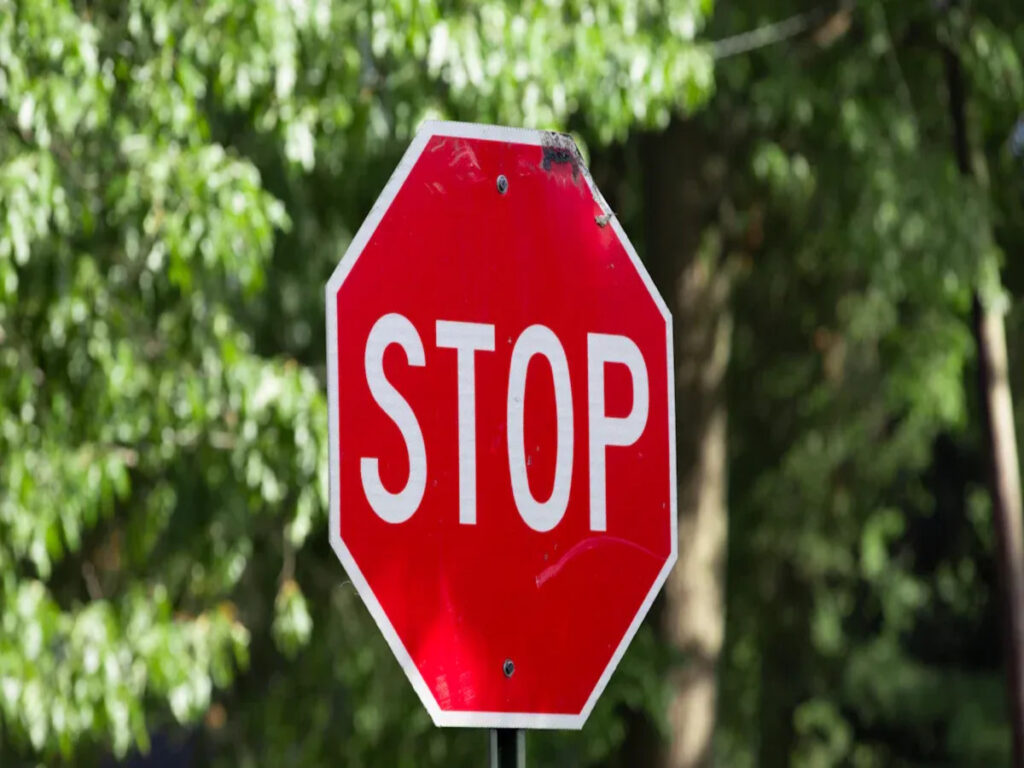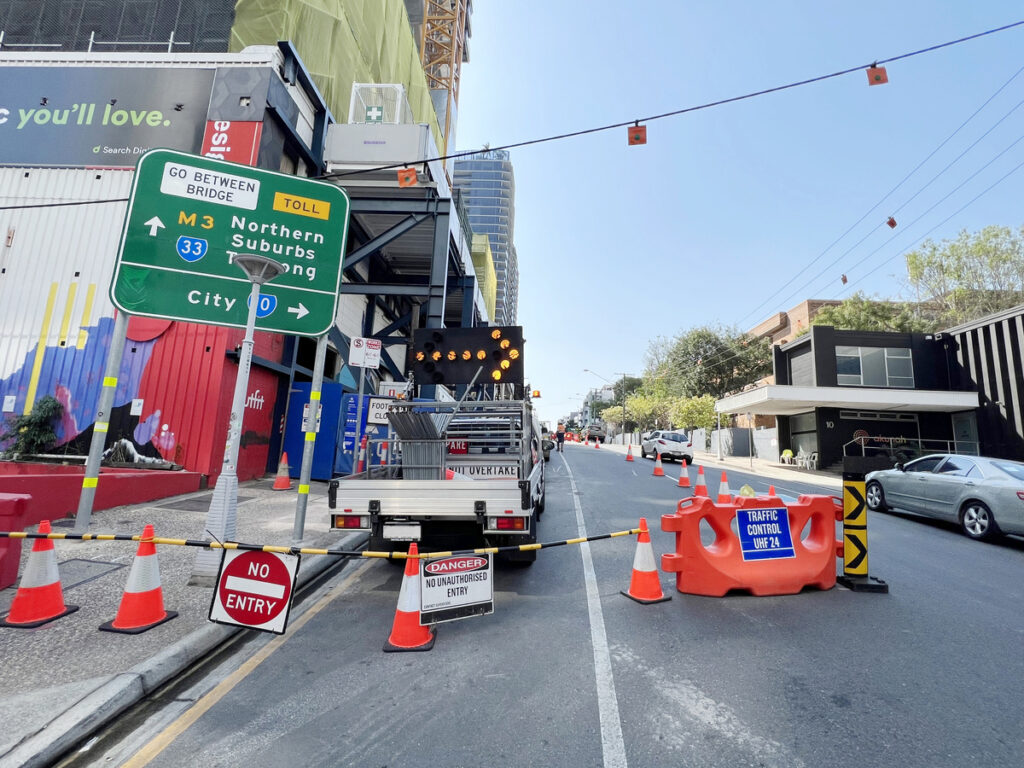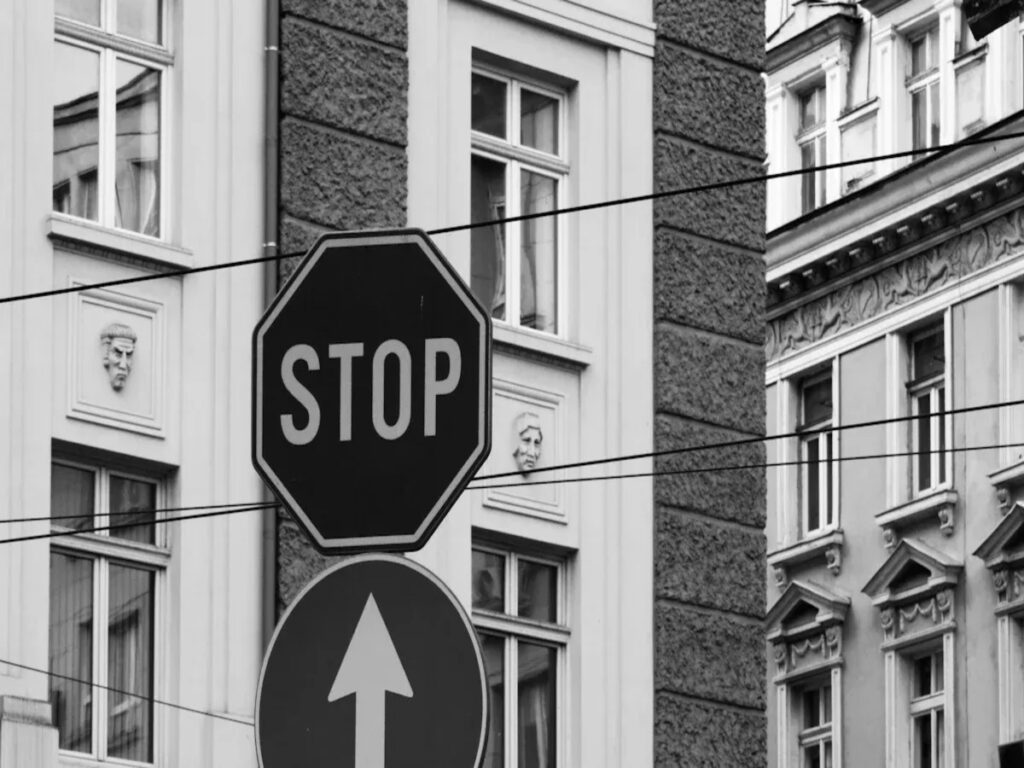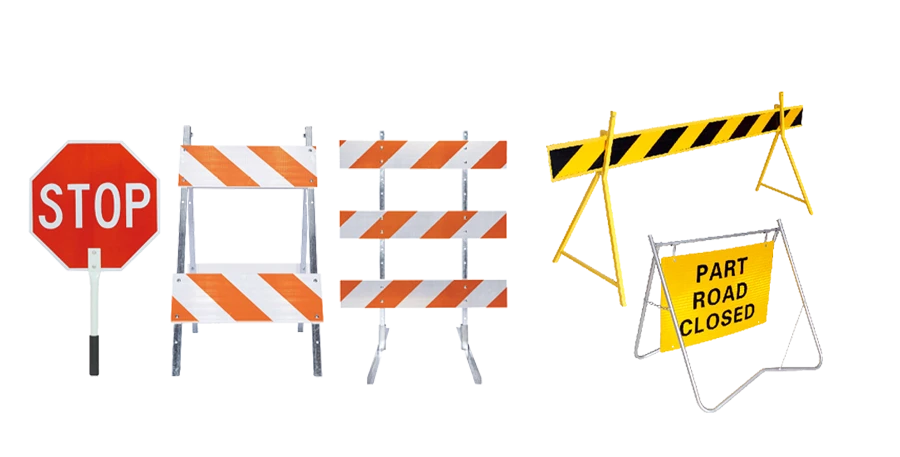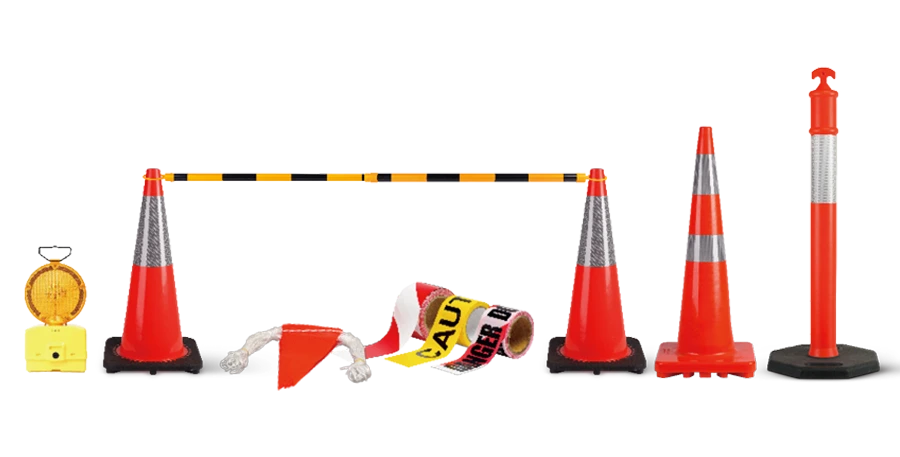
When planning traffic sign projects, you need accurate numbers for material weight. A standard 4×8 sheet of aluminum at 1/8 pulgada (0.125″ ≈ 3.2 milímetros) thickness weighs about 56.16 libras (25.47 kilogramos). Knowing these values helps you estimate costos de envío, requisitos laborales, and installation planning.
| Espesor | Peso (lbs) | Peso (kg) |
|---|---|---|
| 1/8″ | 56.16 | 25.47 |
De acuerdo a FHWA MUTCD guidelines y ASTM B209 specifications, proper weight and thickness selection is essential for safety, cumplimiento, and cost-effective project delivery.
4×8 Aluminum Sheet Weight Table
4×8 Sheet of Aluminum: Espesores comunes
In the signage industry, the most common aluminum sheet thicknesses are:
| Espesor (pulgada) | Espesor (milímetros) | Uso típico |
|---|---|---|
| .040″ | 1.0 milímetros | Temporary or private property signs (not MUTCD-compliant) |
| .063″ | 1.6 milímetros | Light-duty signs, estacionamiento, Uso a corto plazo |
| .080″ | 2.0 milímetros | MUTCD-compliant regulatory and parking signs |
| .125″ | 3.2 milímetros | Large highway guide signs, high-wind zones |
| 1/4″ | 6.4 milímetros | Specialized heavy-duty installations |
👉 Nota: Thicknesses greater than .125″ are rarely specified for road signage and are generally reserved for structural or specialty applications.
Weight per Square Foot
The following table shows the weight of standard 4×8 aluminum sheets at various thicknesses. Data is based on ASTM B209 density (0.0975 lb/in³).
| Espesor (pulgada) | Weight of 4×8 Sheet (lb) | Peso (kg) | Weight per sq ft (lb/sq ft) |
|---|---|---|---|
| .040″ | 18.7 | 8.5 | 0.59 |
| .063″ | 29.5 | 13.4 | 0.93 |
| .080″ | 37.6 | 17.1 | 1.18 |
| .125″ | 56.2 | 25.5 | 1.77 |
| 1/4″ | 112.4 | 51.0 | 3.52 |
Consejo: To calculate the weight of any sign, multiply the weight per square foot por el total sign area.
Ejemplo: A 2′×2′ sign at .080″ thickness = 4 sq ft × 1.18 lb/sq ft = 4.7 lbs.
4×8 Hoja de aluminio: Weight Calculation
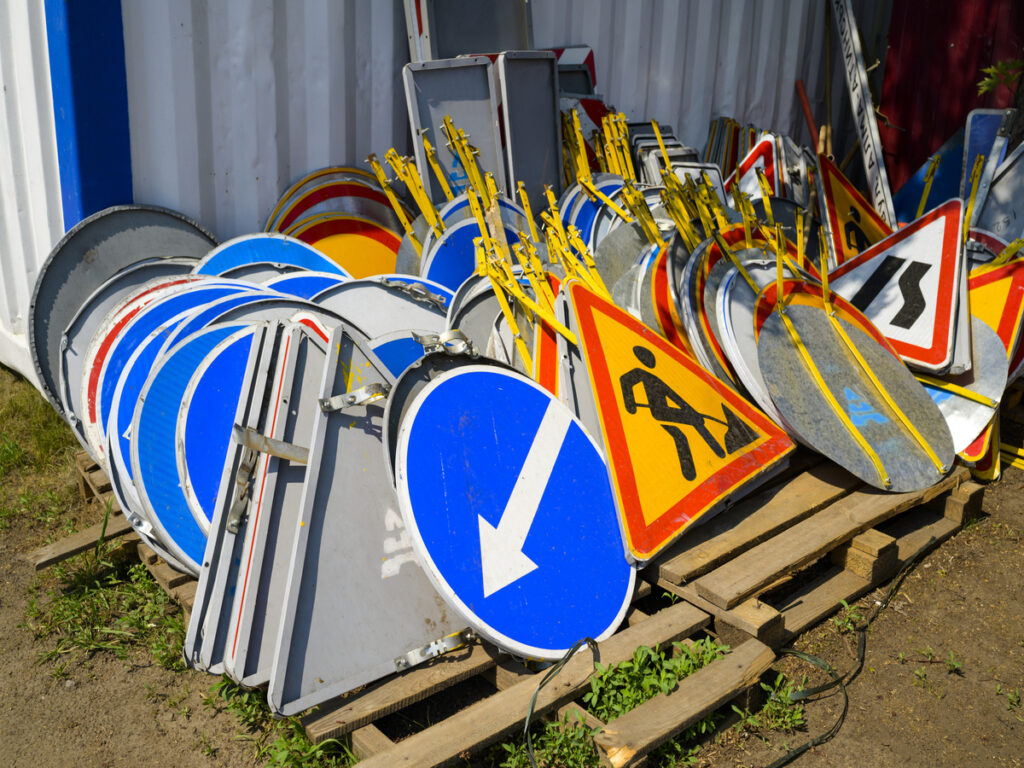
Weight Formula for Aluminum Sheets
You can calculate the weight of any aluminum sheet with a simple formula used across the signage industry:
Weight = Length × Width × Thickness × Density
- Length × Width: dimensions of the sheet (pulgadas)
- Espesor: material thickness (pulgadas)
- Density of aluminum: ~0.0975 lb/in³ (ASTM B209 standard value)
👉 Ejemplo: A 24″ × 36″ sign at .080″ thickness weighs:
24 × 36 × 0.080 × 0.0975 ≈ 5.3 lbs (2.4 kg).
This formula is especially helpful when ordering custom sizes or estimating freight loads.
Step-by-Step Weight Calculation
To verify, here’s how to calculate the weight of a 4×8 sheet at 1/8″ thickness:
Peso: Volume × Density = 576 × 0.0975 ≈ 56.16 lbs
Density of aluminum: 0.0975 lb/in³
Convert dimensions to inches: 4′×8′ = 48″ × 96″
Área: 48 × 96 = 4,608 pulgadas²
Volume: Area × Thickness = 4,608 × 0.125 = 576 in³
This aligns with standard supplier data.
Why Weight Matters for Traffic Signage
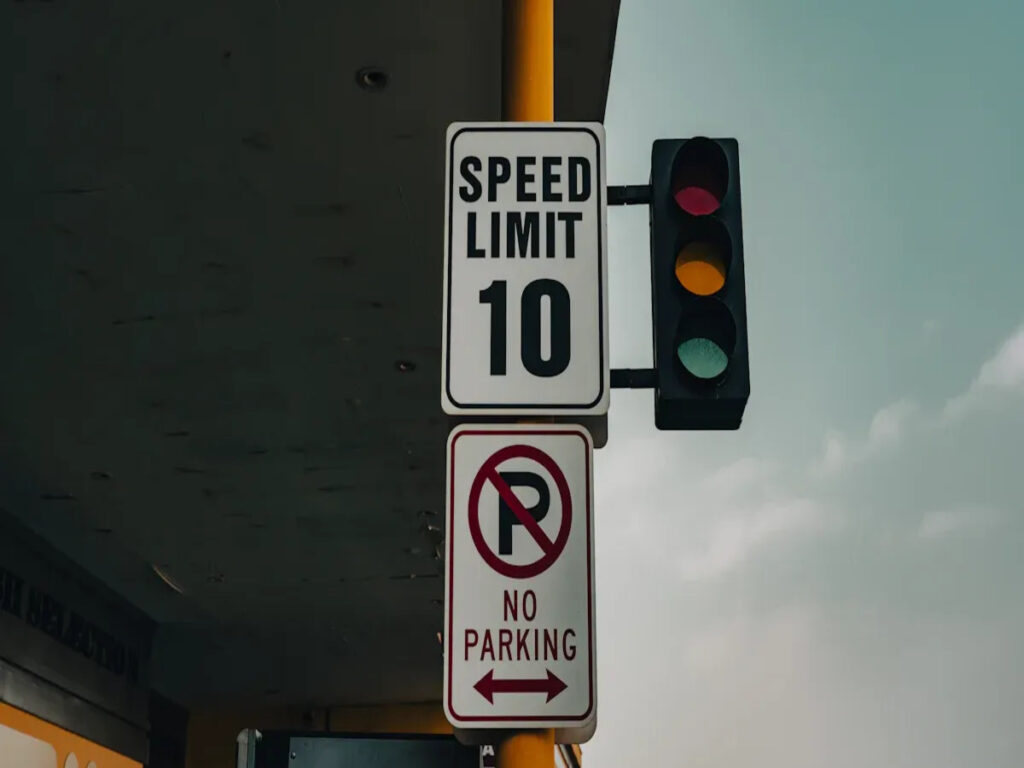
Transporte & Instalación
When you plan a traffic sign project, you must think about the weight of aluminum sheets. The weight changes how you ship and install them. Heavy sheets cost more to move. Shipping companies charge by weight, so knowing the weight helps you avoid extra costs. You need to be careful with heavy sheets. More weight means you might need more workers or special tools to lift and put up the signs safely.
Here is a quick look at how weight changes transportation costs:
| Factor | Impact on Transportation Costs |
|---|---|
| Weight Calculation | Needed to figure out shipping costs |
| Safe Handling | Heavy sheets need more care when moving |
| Cost Estimation | Suppliers may charge more for heavier materials |
| Project Planning | Total weight changes how you plan and schedule |
Elección aluminum helps the environment. El aluminio pesa menos que el acero, so trucks use less fuel and make less pollution. Even a small drop in weight can save money and lower pollution. Señales de aluminio last a long time and can be recycled many times, so less trash goes to landfills.
- Aluminum is lighter than steel, so trucks use less fuel.
- Cutting weight by 10% can save 6-8% on fuel.
- Aluminum can be recycled and stays strong.
- Aluminum signs last longer and do not need to be replaced often.
When you put up signs, the weight decides what hardware you need. Lighter sheets can use simple mounting, like VHB tape or angle aluminum. Heavy sheets may need lead anchors or masonry screws for extra support.
| Método de instalación | Descripción |
|---|---|
| VHB Tape | Stick the sign to the frame with VHB tape so screws do not show. |
| Lead Anchors | Put lead anchors in the corners and add supports in the middle. |
| Masonry Screws | Use masonry screws with washers, painted to match the sign. |
| Angle Aluminum | For light signs, use angle aluminum glued with countersunk screws. |
Durabilidad & Costo
Thicker sheets provide greater longevidad, resistencia al viento, and vandal resistance.
| Espesor | Implicación de costos | Durabilidad |
|---|---|---|
| .040″ | Lower upfront cost | Corto plazo, not MUTCD-compliant |
| .080″ | Standard cost | Compatible con mutcd, 10+ years outdoor life |
| .125″ | Mayor costo | Maximum strength for highways and coastal environments |
👉 Case in Point: Florida DOT specifies .125″ 5052-H38 aluminum for large guide signs due to coastal wind and salt exposure, while Texas DOT commonly uses .080″ para signos regulatorios.
If you want to save money now, you might pick a thin sheet. If you want your sign to last longer and handle tough weather, a thick sheet is better. You should think about your budget and how strong you need your sign to be. By knowing the weight and thickness, you can make smart choices for your traffic sign project.
Other Sheet Sizes for Signage
Not every project requires a full 4×8 sheet. Common cut sizes include 18″ × 24 ″, 24″ × 36 ″, y 24 ″ × 48 ″, which are lighter and easier to install.
| Tamaño de la hoja | Espesor | Peso (lbs) | Uso típico |
|---|---|---|---|
| 18″ × 24 ″ | .080″ | 3.5 | Letreros de estacionamiento |
| 24″ × 36 ″ | .080″ | 5.3 | Señales con el nombre de la calle |
| 24″×48″ | .080″ | 7.1 | Letreros regulatorios |
Consejo: Standardizing sign sizes reduces costs and simplifies storage.
Choosing the Right Alloy
Different aluminum alloys affect both weight and performance:
| Aleación | Densidad (g/cm³) | Propiedades clave | Mejor para |
|---|---|---|---|
| 5052-H38 | 2.68 | High corrosion resistance | Coastal/highway signs |
| 6061-T6 | 2.70 | Alta fuerza, less formable | Overhead/structural signs |
| 3003-H18 | 2.73 | Rentable, buena durabilidad | Calle & señales de advertencia |
👉 Nota: Most traffic signs in the U.S. usar 5052-H38 or 6061-T6, in compliance with ASTM B209.
Conclusión
Knowing the weight of a 4×8 aluminum sheet at different thicknesses is essential for estimating shipping, instalación, y cumplimiento. Whether you are building parking signs, highway guide signs, or municipal signage, choosing the right thickness and alloy ensures safety, durabilidad, and cost efficiency.
En Optraffic, we supply 4×8 aluminum sheets manufactured to ASTM B209 and MUTCD standards, with options from .040″ to .125″ thickness. Our bulk ordering program helps contractors, municipios, and exporters reduce costs while maintaining quality. Explore our aluminum sheet products.
Preguntas frecuentes
What is the MUTCD standard thickness for traffic signs?
Most regulatory and parking signs require .080″ Aluminio. Large guide signs may need .125″. Thinner sheets like .040″ are used only for temporary or private property signs.
How do you calculate the weight of any aluminum sheet?
Use the formula: Length × Width × Thickness × Density (0.0975 lb/in³). Por ejemplo, a 24″×36″ sign at .080″ weighs ~5.3 lbs.
Does aluminum weight affect transportation costs compared to steel?
Sí. Aluminum weighs about one-third of steel, lowering freight costs and fuel consumption by up to 8% por cada 10% weight reduction.
Can you use aluminum composite panels instead of solid sheets?
Sí. Material compuesto de aluminio (ACM) panels weigh less than solid aluminum and are easier to install, though MUTCD may still require solid sheets for certain regulatory signs.


